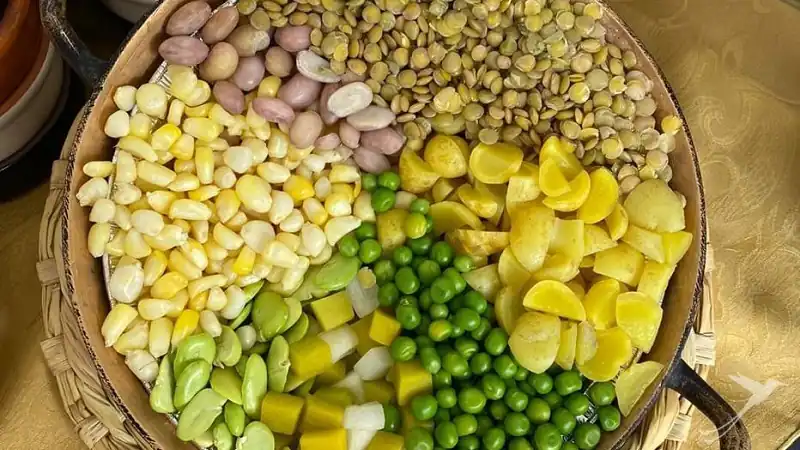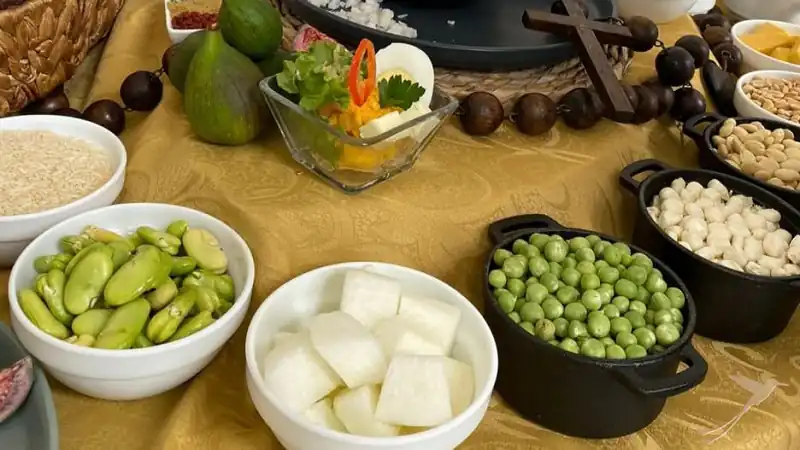
Fanesca is a traditional dish characteristic of Holy Week in Ecuador. This tradition originated because of the Catholic Fasting period, in which the consumption of meat was forbidden. Thus, the consumption of cereals and fish became popular at that time. In Ecuadorian gastronomy, it is one of the most delicious dishes.

Fanesca is named after one of the main ingredients, the “bacalao”, whose close relative is the Norway pout (Spanish: faneca), a fish of the same family from the Atlantic waters, known in the north of Spain and Portugal.
Historically, this dish has its origin in pre-Hispanic times on the occasion of the March equinox, when the grains and cereals are harvested.

Preparation of Fanesca
The preparation of Fanesca varies according to the taste and region of Ecuador. In the Sierra, “fanesca” is the name given to the dish that contains the 12 grains, and on the coast, specifically in the province of El Oro, it is known as “marinera” because it is prepared with seafood. In Azuay, Cuenca they use mote and achogchas.
In this preparation, history and culture come together. After this main dish, traditional desserts are usually served, such as: Rice pudding (arroz con leche), buñuelos with honey, figs with cheese, la chucula (banana pudding), la natilla (milk pudding) and el jucho (a sweet fruit drink that is served hot or cold). The sweets are a reward for weeks of abstinence.

It is said that the Catholics use the (12) grains as a symbol of the (12) apostles who were with Jesus at the Last Supper.
The 12 grains used in Fanesca

- broad beans
- peas
- young beans
- canary beans
- panamito beans
- cholo bolón beans
- corn
- Andean lupine
- mote (shelled, cooked corn)
- lentils
- chickpeas
- melloco (olluco or tuberous baselle)
The recommendation of the Fanesca recipe is to shell all the beans, so that it becomes a task that motivates the family to work together. This is one of the peculiarities of the preparation of the dish, to unite the family in a special place of the house: the kitchen. It is hard, meticulous work and requires many hands, patience and time, but it is all worth it when you taste the delicacy!
In the past, fanesca could only be eaten on Good Friday, and although it is still kept that way in most families, you can get the dish in restaurants in Quito and other cities in Ecuador almost a month before and after.
The “Fanesca” is a wonderful dish, unique in the world, considered an “intangible cultural heritage” of Ecuador. Its production and traditional recipe are rooted in ancestral history and tradition, uniting entire families.
Come to Ecuador, try Fanesca, your palate will thank you!








